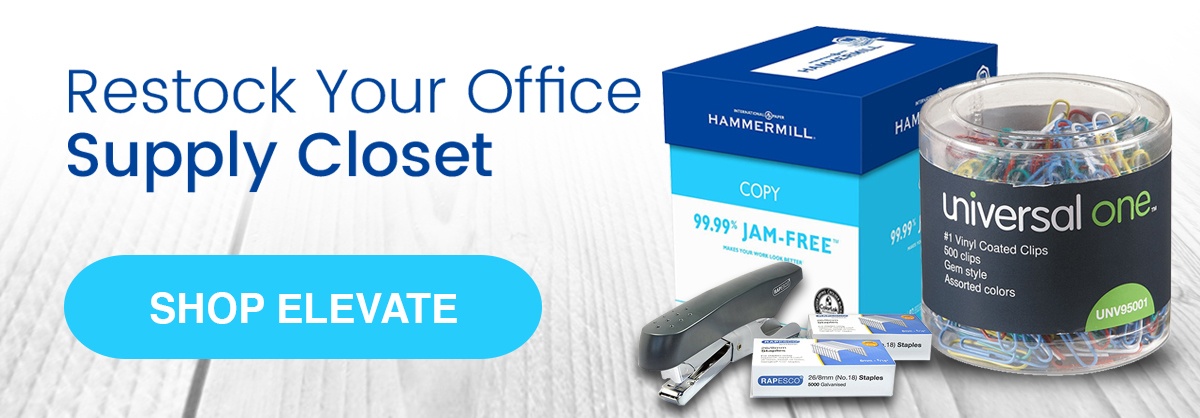 Research shows consumers value companies that prioritize customer service, transparency, and providing excellent products. Those first two items are easy enough to guarantee, but how do we continuously meet that final requirement? During the supply chain planning phase, companies must determine what their customers desire from the final product. It’s easy to guess what your customers want but to clearly understand what their needs are; you have to talk directly to them. Consumer research should be gathered on a frequent and thorough basis. It's not enough to collect this information only once. Successful supply chain professionals should also conduct follow-up interviews as well as continue to survey new participants.
Research shows consumers value companies that prioritize customer service, transparency, and providing excellent products. Those first two items are easy enough to guarantee, but how do we continuously meet that final requirement? During the supply chain planning phase, companies must determine what their customers desire from the final product. It’s easy to guess what your customers want but to clearly understand what their needs are; you have to talk directly to them. Consumer research should be gathered on a frequent and thorough basis. It's not enough to collect this information only once. Successful supply chain professionals should also conduct follow-up interviews as well as continue to survey new participants.
For your supply chain planning to succeed, you need a crystal clear plan for your end product. Without customer feedback, determining your success rate is close to impossible. Really, we can't stress enough that you need to reach out to your customers! How else will you know what they really want?
Now, there's no denying that gathering consumer research can be a hassle. Phone calls are dodged, emails are deleted, and online surveys get ignored. However, for every company, there are always select customers who will respond with their honest, detailed thoughts. The trick is finding the best way to gather this consumer research, both through using the best avenues and by posing the right questions. Below, we'll tell you how to succeed at this step:
How to Gather Consumer Research
There are a few effective methods for gathering consumer research, as your company works toward improving its supply chain planning. We'll walk you through each method below:
- Contact your customers. If you want to know what your consumers want, you need to talk to them. There's no way of getting around this. Personalized communication tends to work best. If a customer thinks they've been sent a mass email, they're far less likely to respond. Whether you're emailing, phoning, or sending an online survey, try to keep your approach friendly and engaging, so they'll be open to answering your questions.
- Meet with them. Customers are often more approachable in-person. So, setting up a company booth at a trade show or other industry event is encouraged. It's amazing what you can learn from talking face-to-face with your consumers. Make sure to send your most personable employees, who are armed with a slew of data-gathering questions, for greater success rates.
- Track their activity on your website. How your customers use your company's site tells a lot about how your products are succeeding. For instance, which pages they visit, the error reports they send, and the feedback they leave on online forums are all good indicators. Tools like Intercom and MixPanel even exist to facilitate tracking in a non-invasive, informative way.
- Put yourself in their place. If possible, try to experience your company from the customer's position. Anonymously, submit an order, visit a company branch, or contact customer service. The more authentic you can make this experience, the more information you can gather from it. However, this method is best used in combination with one of the previous, more direct tactics.
What Questions to Ask Customers
So, you've selected a method for approaching your customers directly. One issue still remains: what questions are you going to ask them? As a basic rule, if your company's tactics for interacting with customers are time-consuming, complex, or boring, they're going to be resistant in talking to you. That's simply human nature.
For your questions, start with your top 5 inquiries that you want to ask. Keep your wording open, non-aggressive, and easy-to-follow, so your customer will respond in turn. If you need to create a longer survey, consider offering a reward to consumers who complete it. This reward can be as simple as a gift card or a discount on future purchases. Your questions should be specific to your business but here are a few examples to get you started:
- Why did you first start using our business for ____?
- What is your favorite thing about our _____ service/product?
- How would you improve our _____ service/product?
- What one word would you use to describe your experience as a customer?
Once the consumer data is gathered, don't just let it sit on your computer. Your company needs to analyze it to see what lessons in supply chain planning can be learned. Often, reoccurring trends will be noticed at once. If several customers have the same complaints, these concerns need to be addressed immediately. Start at the top, where the most prevalent issues arise and work your way down by examining the lesser issues. Customer feedback needs to be addressed with genuine care if your company aims to see improvements in their final product.

About Michael Wilson
Michael Wilson is AFFLINK'S Vice President of Marketing and Communications. He has been with the organization since 2005 and provides strategic leadership for the entire supply chain team. In his free time, Michael enjoys working with the Wounded Warrior Project, fishing, and improving his cooking skills.






